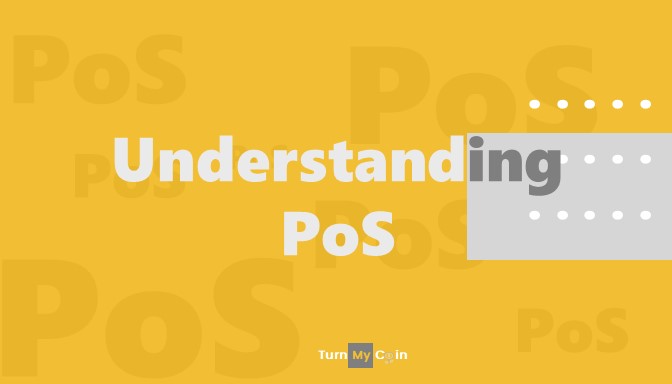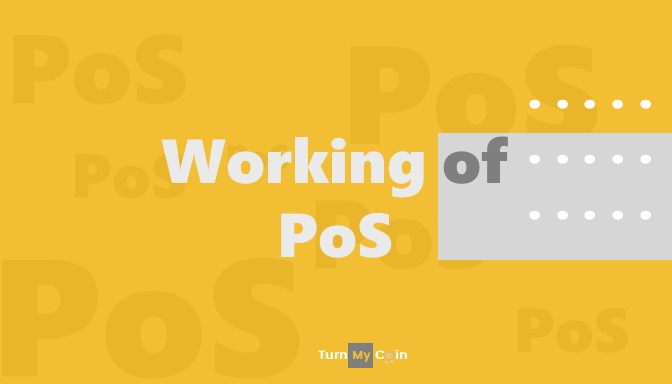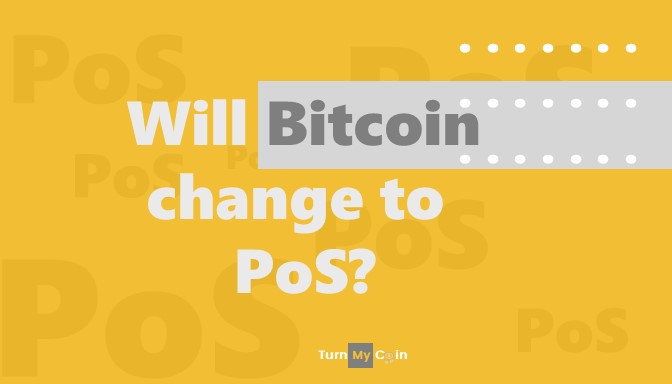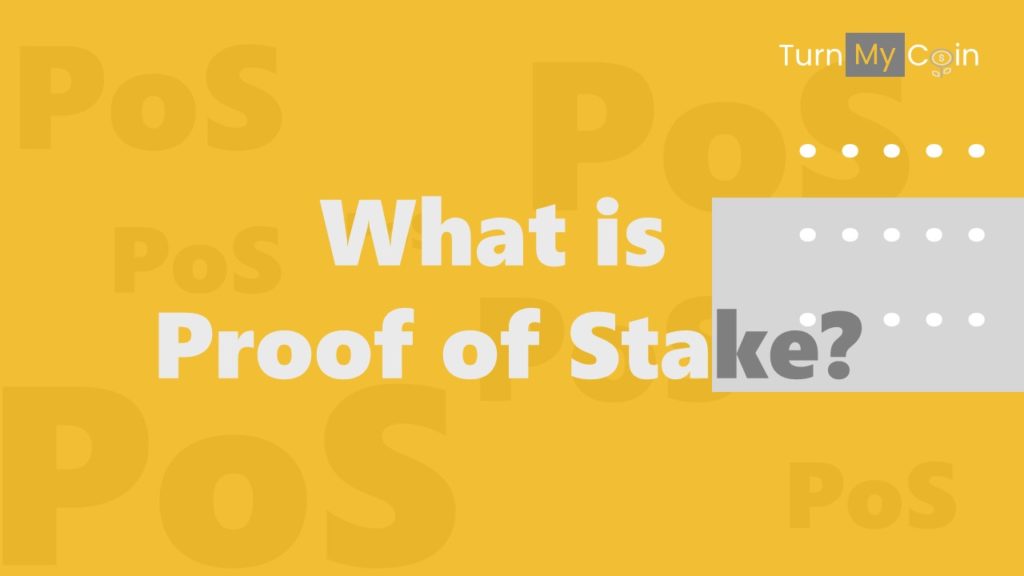Last updated on March 11th, 2023 at 08:16 am
Introduction
There are different consensus mechanisms to validate transactions on a blockchain of each Cryptocurrency. Proof of Stake is one such technology.
Only a few years ago, many investors shunned cryptocurrency. Some even went to the extent of claiming that they are fraudulent schemes that mainly target the gullible in society.
They also quote it to be a pyramid based on technology, and the same is bound to fail. Today, however, much of all that changed completely. The industry has become over a trillion-dollar industry, and there has been a mad rush to acquire a stake in it. And many of the tech leaders now are making calls to embrace cryptocurrencies.
These include names of global business leaders like Elon Musk and Infosys- Co-Founder and Chairman Nandan Nilekani. So, if you are considering stepping into the sector, it is indeed an ideal time. However, you need to be aware of all the relevant terminologies.
One of the frequently used terms in the Crypto Currency industry is Proof of Stake (PoS). Through this blog, let us see what it means and how it works.
Understanding -What is Proof of Stake (PoS) in CryptoCurrency?

When it comes to trading and earning from any sector, you will want it to be fair and ensure the safety and security of the system. Once it establishes a trade mechanism in the industry, it will ensure that your funds will always be secure.
Cryptocurrency and blockchain technology have been very recent developments, and besides, they have not been without their fair share of controversies. If you are new to the sector, you will want the proper safety systems to be in place. This is what the Proof of Stake (PoS) ensures. The process is termed Staking.
In order to ensure the security and integrity of the blockchain, the transactions thereon need to be verified. And consensus needs to be reached. One way many cryptocurrencies reach consensus is the proof of stake (POS) mechanism.
Proof-of Stake occurs when owners of these coins stake their cryptocurrencies. This gives them the right to check the transactions. Post which, they can then add it into the blockchain network for validity purposes, just like mining with the Proof of Work(PoW) system that first emerged back in 2009.
Let us see how the PoS functions.
How does the PoS work?

Users who stake their cryptocurrencies get a chance to become a validator. The blockchain algorithm selects validators based upon their holdings. This means the higher coins you stake, the higher are your chances of becoming a validator. Accordingly, each successful validator will get staking rewards.
I will explain this in detail below:
In the Proof-of-Stake (PoS) model, you can be a validator for transactions. In other words, it means that your coins will lock up while verifying transactions and they will unlock when others have validated them to trade them back again!
Validation is a necessary process under the PoS system for carrying out transactions.
The proof-of-stake (PoS) algorithm ensures that each block is reviewed and checked by a validator node. If the transactions are accurate, then it verifies the blockchain with the reward. On the other hand, if anything is wrong or malafide, the proposer may lose some staked crypto assets as a penalty.
There are many reasons for something going wrong, including reasons like human error or malicious intent. It could be due to e-cheating, and the same will be penalized in the PoS system.
With better safeguards, the users can have better trust in the system and thus essential for cryptocurrency trading, as many now seek to do owing to the enormous potential that the sector promises.
What you need to realize is also the fact that with such a small likelihood of being chosen, it’s no wonder that most people won’t try to save themselves from wasting their time and energy. With so few validators for each cryptocurrency, there will always be a significant risk when you stake your coins on various platforms!
This is where Staking Pools come into play.
Staking Pools
Since we previously mentioned that the higher you stake, the higher would be your chances of becoming a validator. And hence the reward.
People like you and me are small investors when compared to the Whales of Cryptocurrency. This means our capacity to invest and stake cryptoassets is comparatively low. And quite obviously are chances of becoming the validator node are also low.
Platforms like Binance, Bybit, OKEx, Huobi etc provide features like Staking pools. As the name suggests, these are investment pools. Where investors like us can pool our crypto assets with other investors. The chances of the Pool becoming a validator node are really high because Exchanges have access to a large user base.
You would get a higher reward if you stake your crypto assets in such pools.
How does the PoS compare with the PoW initially used system?
Along with the PoS system, the PoW was the initial system set up on similar lines. Let us see how the PoS compares against the initially used PoW system. While proof of stake and proof-of-work have initially been used for different purposes, they’ve both become the most common types of consensus mechanisms in cryptocurrencies.
The Proof of Stake (PoS) started in 2012 with Peercoin, and it has become the usual choice for altcoins.
If you want to know the difference between the two validation systems, it lies with the use of energy.
Please note that the PoW systems involve work, wherein the miners have to compete to resolve complex mathematical problems. The first miner who solves the problem, adds a block of transactions and earn the rewards. One significant drawback here is that so many mining devices are being used worldwide for solving the same problem, and it draws up a substantial amount of energy. Thus, it leads to energy wastage as a result.
On the other hand, the PoS does not require any validators for solving complex problems. You just have to hold your cryptocurrency. In the process, therefore, it is much more eco-friendly for verifying the transactions of cryptocurrencies. Thus, in recent times the PoS system has become very popular.
Pros and Cons of the PoS mechanism

The PoS system has become very popular in recent times, and it is due to the many benefits that it offers. Despite the benefits it provides, it is also not free from certain drawbacks. Let us look at the main pros and cons of the PoS system.
Pros
The PoS System is Energy Efficient!
The first and foremost benefit of the PoS system is that it is very energy efficient. The process does not require high energy-consuming equipment i.e. ASICs to form a consensus. Most investors prefer holding their cryptocurrencies anyway. What is better than earning a reward on them by just locking them into pools.
When energy conservation has become vital in all forms, it is what makes many prefer to look up to PoS System.
Fast & Inexpensive
To ensure that any trade is profitable, it has to be inexpensive and quick. Another significant benefit that the PoS system offers is the fact that it ensures both. Not only can the transactions through this go through faster, but they are also inexpensive.
Instead of a large number of computer equipment wasting time in fighting their way to solve a mathematical equation. PoS ensures that the transactions reach consensus faster by delegating them to the validating node.
It is also one factor that contributes towards its recent popularity.
The PoS require no Special equipment.
I mentioned above that Proof of Work(PoW) requires you to have specialised computer equipment called ASICs. This equipment can cost a fortune for investors. Not only are they very expensive, but they also need a lot of electricity to run. Let’s not forget the heat and noise they generate.
However, in the case of PoS, you just need to stake your assets. There is no need for special equipment in this case.
I am sure that no matter what transactions you want to do as a trader, you wouldn’t want to spend additionally on any particular device or equipment. Along with the other benefits that have made the PoS system is that for carrying out the cryptocurrency transactions, there is no use of any special equipment and thus prevalent.
Cons
As already mentioned, despite the popularity of the PoS System owing to the benefits it offers, it is not free from certain drawbacks as mentioned below!
Security provided may not be full-proof
When it comes to any financial transaction, we are sure you will prefer the one that offers high safety and security. Unfortunately, though the PoS System is for providing protection. It is not a full-proof system of ensuring the security of cryptocurrency transactions.
The staking pools are themselves vulnerable to cyber attacks.
However, there are many wallets where especially Cold wallets like Ledger, Trezor, Stakebox that can help you safeguard your investments. Exchanges like Binance can be connected with hardware keys like Keepkey. Keepkey helps users to enter into a transaction only when it is connected to your system.
To know more about different types of Staking wallets, please visit here.
The 51% attack
PoS requires fewer people to form consensus compared to the number of miners required in the case of mining (PoW). Since the network is highly dependent on people holding their assets. There is a chance that a holder or a pool may have over 51% of the total cryptocurrency.
If this happens, the holder or pool can easily attack the network and make undesirable changes. This is termed the 51% attack in the case of PoS.
However, there are two important riders associated with 51% attack. First, it is very difficult to hold 51% of the total assets in the case of a reliable cryptocurrency. So investors who invest in good cryptocurrencies do not face much of a risk.
Second, it is both difficult and expensive to hold 51% of an asset and then attack it. The currency would lose value overnight.
Validators might have an influence.
With the rise of blockchain technology, it’s essential to realize that Validators with significant holdings can have excessive influence on transaction verification. So, in that case, the transactions will be anti-semitic.
Restriction on Liquidity of a Currency
Proof-of-stake is an excellent way for people who want more control over their money and time.
The first thing to consider with this is the type of cryptocurrency; you must lock up some staked coins instead of all, for the network process to go through without interruption. It is necessary because if this is not done, there will not be enough supply on hand from those who have already done their part by putting some hard work into supporting its success! But this may be a botheration at times for the traders and thus a drawback.
Less tested than the PoW
Comparing to the PoW system, the PoS being is not as reliable as the PoW system. The PoS system is in its infancy and thus not thoroughly tested.
Will Bitcoin Change to the PoS?

Bitcoin is one of the largest and most popular Crypto Currencies. And there has been much debate whether the same would switch over to the PoS system. Many people have doubts about bitcoin switching to a proof-of-stake model because it’s near impossible for them.
But in theory, the founder of Swiss cryptocurrency broker Bitcoin Suisse predicts that eventually, we will see this switch happen. If so, they can gain back their lost glory with patience! But we will have to wait and see what actually will happen.
Summing up
To sum up, we can say that the PoS system has gained much popularity owing to the many benefits it offers. However, along with the same, it has certain drawbacks too. Given that it is still in the infancy stage, it means that only time will how things evolve ultimately.


